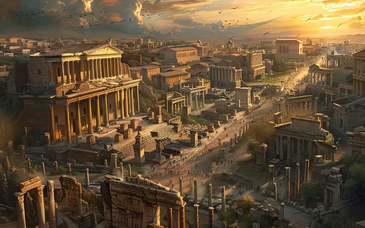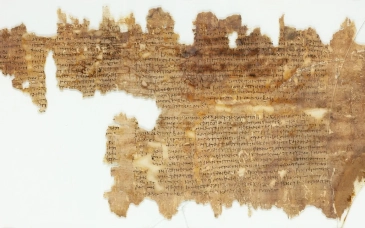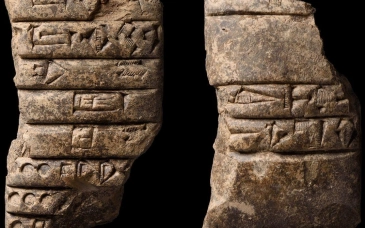On August 24, 79 AD, Mount Vesuvius, a volcano located on the Italian mainland, erupted with cataclysmic force. The eruption, one of the most devastating in recorded history, sent a towering plume of ash and pumice into the sky, burying the towns of Pompeii and Herculaneum under meters of volcanic material. The eruption also caused widespread destruction in the surrounding regions, killing thousands of people and leaving a lasting impact on the Roman world.
The Buildup to Disaster
Mount Vesuvius had been dormant for centuries before its catastrophic eruption in 79 AD. However, there were signs in the years leading up to the eruption that the volcano was becoming active. In 62 AD, a large earthquake struck the region, causing significant damage to Pompeii and Herculaneum. The earthquake also triggered minor eruptions from Vesuvius, which continued for several years.
Despite these warnings, the residents of Pompeii and Herculaneum were caught off guard by the eruption of 79 AD. The eruption began in the early afternoon, with a series of tremors and ashfall. As the day progressed, the eruption intensified, and the towns were engulfed in a cloud of ash and pumice.
The Destruction of Pompeii and Herculaneum
The eruption of Mount Vesuvius in 79 AD had a devastating impact on Pompeii and Herculaneum. The towns were buried under meters of ash and pumice, and the intense heat from the eruption caused many of the buildings to collapse. The eruption also caused widespread fires, and the toxic gases released from the volcano killed many of the inhabitants of the towns.
In Pompeii, the eruption preserved the town in a state of near-perfection, providing archaeologists with a unique glimpse into Roman life. The ruins of Pompeii are one of the most popular tourist destinations in Italy, and they offer a chilling reminder of the power of nature.
**Herculaneum, located on the coast, fared even worse than Pompeii. The town was engulfed in a pyroclastic flow, a superheated mixture of gas, ash, and rock that moved at speeds of up to 400 kilometers per hour. The pyroclastic flow vaporized everything in its path, leaving behind only a thin layer of ash and pumice.
The Aftermath of the Eruption
The eruption of Mount Vesuvius in 79 AD had a profound impact on the Roman world. The destruction of Pompeii and Herculaneum was a major setback for the Roman economy, and the loss of life was immense. The eruption also served as a reminder of the power of nature, and it changed the way that people viewed volcanoes.
Legacy of Mount Vesuvius
Mount Vesuvius is still an active volcano, and it remains one of the most dangerous volcanoes in the world. The eruption of 79 AD was a reminder of the volcano's destructive power, and it serves as a warning to the people who live and work in the region.




